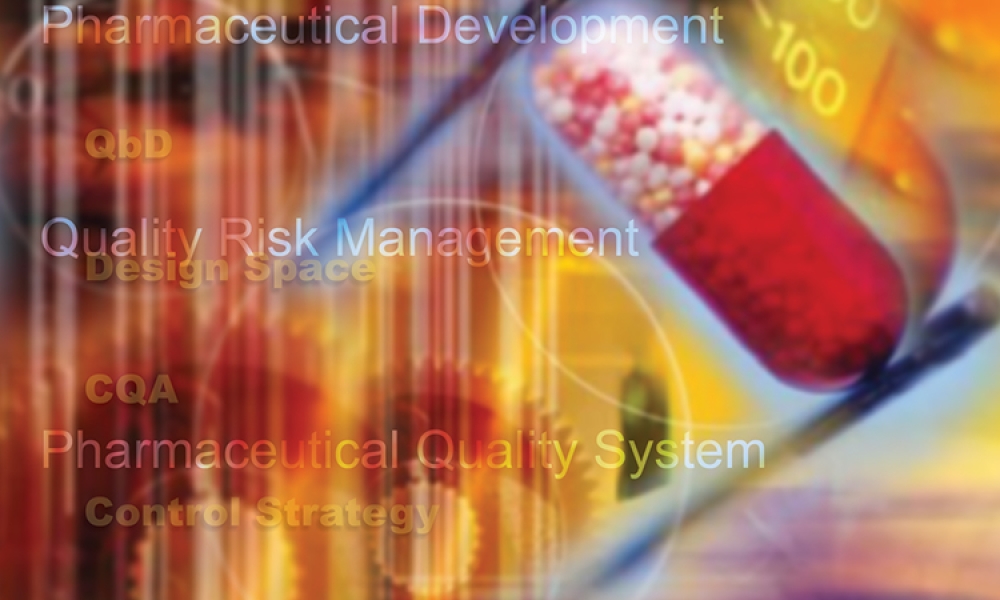Breaking the Document Mindset

The Life Sciences industries adhere to strict documentation practices to prove quality and compliance. We’re all familiar with the truism “If it isn’t written down, it didn’t happen.”
But current thinking about documentation hasn’t kept up with the pace of innovation. As a result, we still think about documents and documentation in a way that’s increasingly incongruous with our era of technological flourishing, when there are more and better solutions than ever for simplifying how we document. It’s a mistake, however, to point to technology alone as the way forward. Improving how we document requires examining the fundamental assumptions we make about what constitutes a document, and how we think about the practice of documentation. It requires breaking out of what I call the “document mindset,” or a frame of reference that relates all documentation back to traditional paper formats and their electronic analogs. We’ve come to think in terms of documents, not in terms of the act of creating records of actions in the world. In other words, we need to shift from “document” the noun to document the verb.
What Is a “Document,” Really?
When you think of a document, what comes to mind? Maybe it’s a paper form. Perhaps it’s a .docx. If you need to ensure your documents can’t be edited, maybe you’re thinking of a PDF. Either way, there’s a pattern here. Each of these documents relate back to a single source: to formats for structuring records that have their root in paper. This is the definition of “document” in the document mindset—paper-based, static, made for a specific purpose, existing in one location.
But let’s put pressure on this initial reaction. What is a document, really?
We need look no further than the ISO 9001. As of the 2015 version, the standard no longer uses the term “document” or “record.” These concepts have been collapsed into “documented information.” Adapted from ISO 9001:2015, documented information is any information (“meaningful data”) that may communicate a message, provide evidence, or share knowledge. As such, documented information must be controlled and maintained.
This is an important shift to note. There’s no external force beyond inertia forcing us to accept the narrow definition of document in the document mindset. Indeed, the space within “documented information” allows for a variety of different formats and content types.
So it seems like what we need more than anything is a push. What are we missing when we work within the document mindset?
What’s Missing from Traditional Documents
It’s one thing to identify the document mindset, and another thing to argue that we need to break out of it. It helps to look at what current forms of documentation are missing.
For one, we could use more useability from our documentation. Static data like paper is time consuming to fill out, prone to error, and is easily damaged. This is especially true given how difficult it can be to work with existing types of electronic process documentation, like those with traditional systems and IT solutions (I’m thinking here of all the common three-letter acronyms like MES, LIMS, QMS, WMS, etc.). Next, we should insist that our documentation is searchable. Compiling and assembling reports from existing paper documents is another time-consuming exercise, and one that shouldn’t be necessary for routinely proving compliance. Finally, documentation should be more widely accessible. While there will always need to be controls on who can access what information, where, existing, centralized storage methods hurt efficiency.
The move toward Pharma 4.0 as a new paradigm has put increased importance on visibility and transparency. Accessibility is an important enabler of both.
Towards Digital Documentation
Rather than just translating what we previously wrote on paper into a word processor or making static views of digital data in a computerized system (referred to as “paper on glass”), we should take the next step and use digital assets to capture information or evidence.
This means thinking about documents as digital assets, which we define as any content, in any format, that are stored digitally. Digital assets can be anything, from simple data like a temperature to a video. Expanding the types of digital data we accept as documentation presents a rich opportunity to more effectively assure quality and compliance can be automated.
There is both intrinsic and extrinsic value to digitally documented information. The intrinsic value is obvious. Digital documentation is easier to access, faster to route, and can’t be lost. But the extrinsic value is really where big gains can be made. For one, digital documentation helps us turn information into knowledge more quickly. Metadata (data about data) such as categories, keywords, and linking make the data searchable and navigable. By nature, digital documentation can be transacted by a computer, further enabling the capabilities and possibilities of utilizing it. As such, the documentation that quality relies on can take a different, digital-first format, moving beyond the PDFs and flat files we’re accustomed to. Further, digital documentation can also capture data at an extremely high level of granularity.
This form of digital documentation creates a number of efficiencies. It reduces the number of times data needs to be transcribed from one format to another, prevents common forms of human error, and streamlines the process of collecting data to prove quality and compliance. With digital documentation, we can apply other Pharma 4.0 advances like AI and ML to documentation and gain insights that were impossible before.
In short, it lets regulated industries move faster and react faster to changing patient needs with less administrative expense.
Conclusions
Regulated industries need a faster mode of processing quality documentation. Life Sciences is changing quickly, patient needs are constantly evolving, and there’s a shift towards personalized medicine. We have to become more agile in our ways of working. The faster and better equipped we are to change, the better we can support the needs of all patients.
We know from historians of science that technologies don’t create change themselves. In order for paradigm shifts to begin, culture needs to change first. This article is my attempt to identify a set of concepts that are reaching their expiration date, and suggest a new way of thinking about documentation that, if put into practice, should make documentation as seamless part of life sciences.
iSpeak Blog posts provide an opportunity for the dissemination of ideas and opinions on topics impacting the pharmaceutical industry. Ideas and opinions expressed in iSpeak Blog posts are those of the author(s) and publication thereof does not imply endorsement by ISPE.



